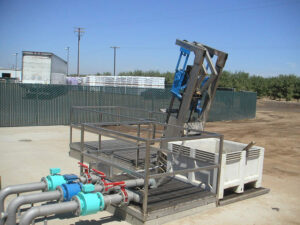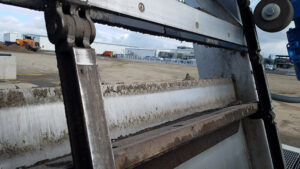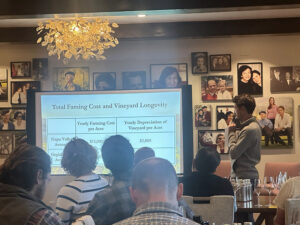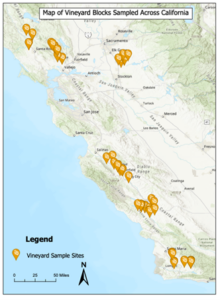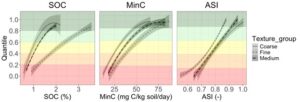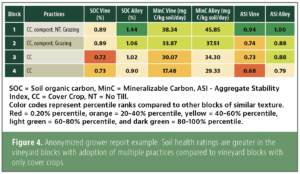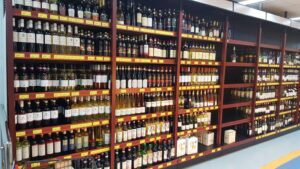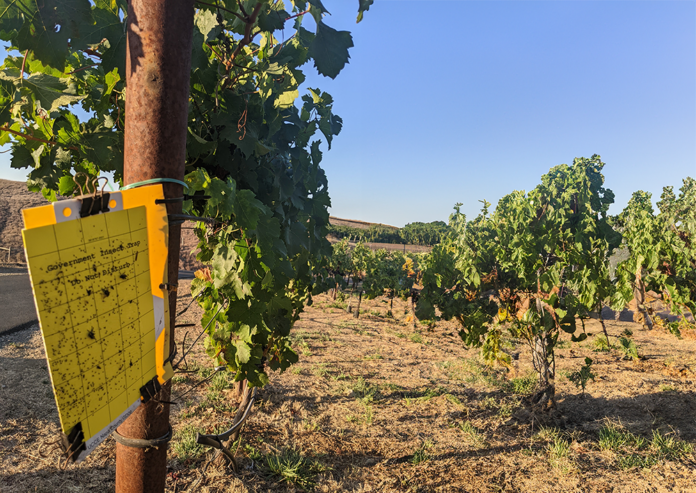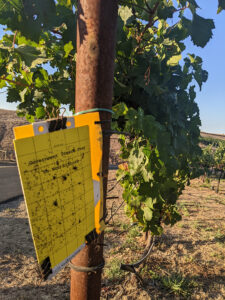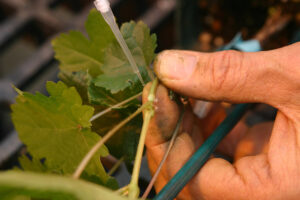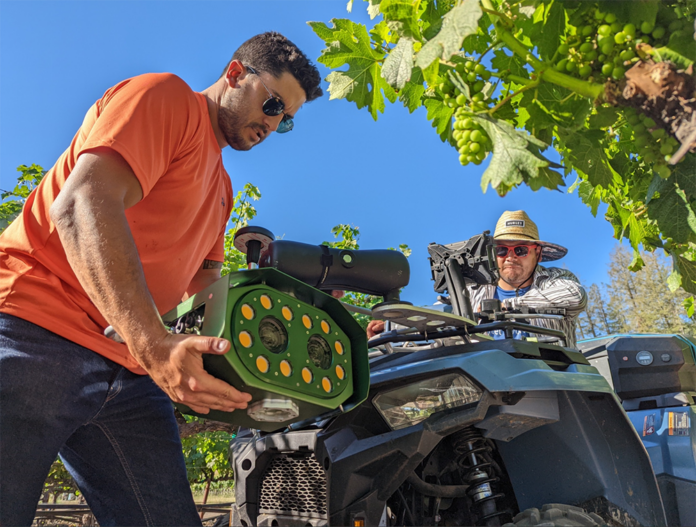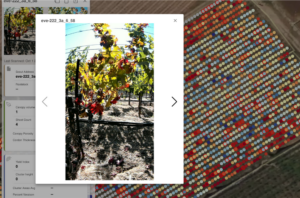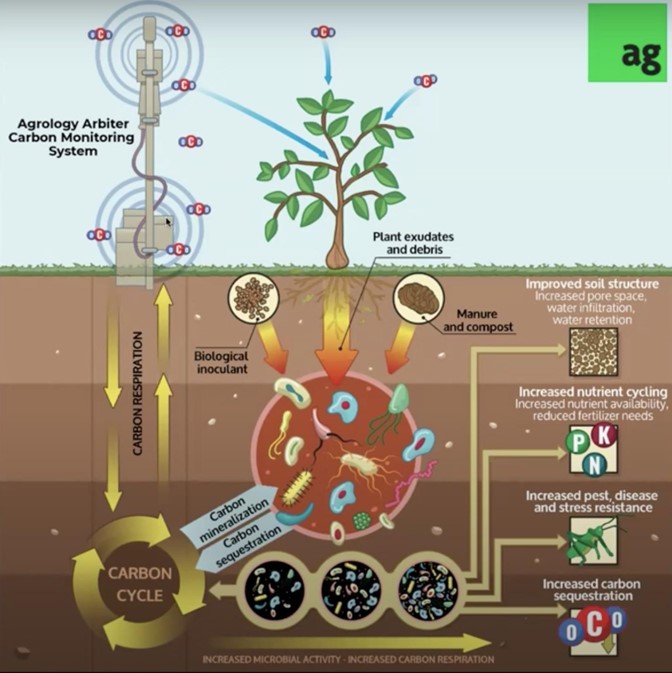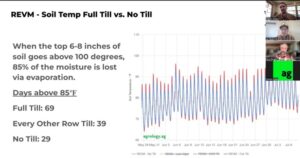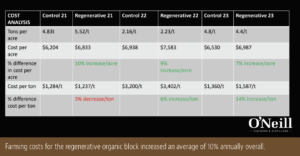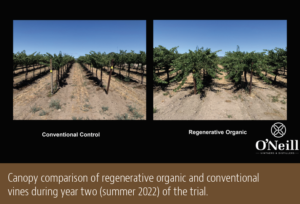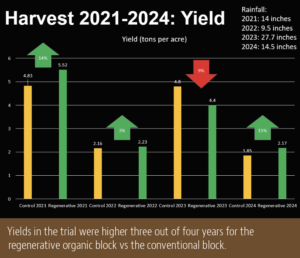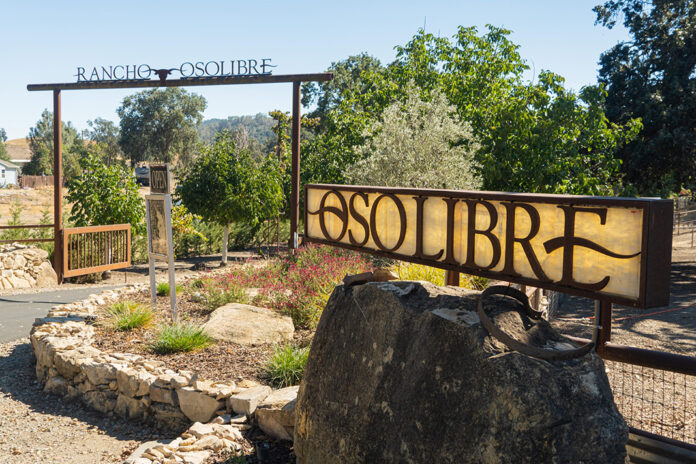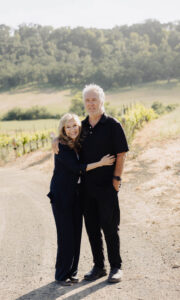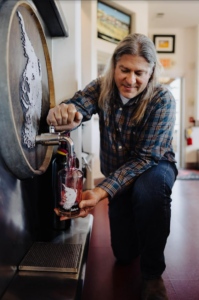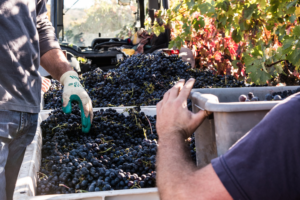Rootstocks serve multiple purposes for grapevines, including dealing with vineyard soil pests and acting as the interaction points for water and nutrient uptake. Nematodes have continued to be a persistent issue through rootstock developments, and evaluation of new nematode-resistant rootstocks is an ongoing goal of researchers and the grape industry.
Karl Lund, UCCE viticulture advisor covering Madera, Mariposa and Merced counties, presented a session about nematode-resistant rootstocks at the recent Crop Consultant Conference at the Visalia Convention Center.
Rootstocks will Differ
Nematode-resistant rootstocks are different in the solutions they provide but also in the problems they don’t solve.
“You may have decent resistance for some nematodes, but that resistance breaks down,” Lund said, adding some nematodes are endoparasitic and others are ectoparasitic. “So, you end up having to pick, ‘I’m going to have resistance to this nematode and not that nematode.’”
Lund used charts to show the differences in rootstocks (Table 1).

*Very Small, <10% (resistant); Small, 10% to 30% (moderately resistant); Medium, 30% to 50% (moderately susceptible); Large, >50% (susceptible)
“Something like 1103 Paulsen allows large amounts of a whole bunch of different nematodes to build up on it,” he said. “Yet, 1103 Paulsen actually has moderate resistance to many of these nematodes because 1103 Paulsen can just deal with it. It likes to be hurt. It likes to continue to grow very happily after being hurt.
“Apparently, 1103 Paulsen needs to see a therapist or something,” he added.
“There are some differences between allowing growth and being resistant,” Lund said. “But even then, for 1103 Paulsen, once that population has gotten big enough, it does overwhelm its ability to grow.
“Harmony is a rootstock that was very popular right up until I got into viticulture in the early 2000s,” he said. “And then these Harmony AC nematodes were found up in Livingston, and they were able to overtake the resistance found in Harmony.”
These nematodes were much more pathenogenic and able to reproduce on things thought to have resistance, according to Lund.
“They’re able to overcome that resistance and cause damage,” he said. “So, at that point, a couple different breeding programs stepped in and said, ‘All right, we’ve now lost this good resistance. Let’s see if we can fix some things.’”
The result was two breeding programs were started, and two different sets of rootstocks were produced.
“RS3 and RS9 were bred specifically to deal with those Harmony AC root-knot nematodes, and they did a good job,” Lund said. “They have some pretty broad resistance to root-knot nematodes as well as to other endoparasitic nematodes.
“Now, their resistance does break down when you start getting into the ectoparasitic nematodes,” he said. “These are the nematodes that actually live in the soil.”
A nematode resistance trial was conducted in Traver, Calif. to test rootstocks.
“We didn’t fumigate beforehand, and then we planted them,” said Lund. “And it turns out the field was heavily infested with pin nematodes, and we lost all the RS3 and RS9. So, they have good root-knot nematode resistance, but they do not have good pin nematode resistance.
“Then we actually get to the GRN series,” he said “GRN1 through 5, those actually have pretty broad resistance to all sorts of nematodes, but it’s not bulletproof. There are some holes, and even these still allow the nematode to build up in the soil to some extent, but they are a broad resistance to nematodes.
“Right now, Freedom is the most popular rootstock in this part of the state, and overall accounts for about 23% of rootstock sales up to 2022,” Lund said. “Unfortunately, right now, what’s happening with Freedom is if you plant a vine with Freedom as the rootstock, and then you get leaf roll and one of the grape viruses, which are lettered A through H (they’re not even important enough to have an actual name), you end up causing that graft union to collapse at the slightest inclination of stress.
“The Freedom rootstock goes, ‘There’s a virus. I’m under stress,’ and just shuts off that graft union and prevents water from going up and sugar from coming down, and you have the complete vine collapse,” he said. “So, it is quite prudent at this time to have rootstocks in backup supply.
“We know these new rootstocks have good resistance to different nematodes, root knot nematodes for RS3 and RS9, and general nematode resistance for GRN1 through 5, but rootstocks are not just about resistance,” Lund said. “They also affect water stress, canopy growth, nutrient uptake, yield and, of course, grape quality.”
Two Separate Trials
To study the effects of different nematode-resistant rootstocks, two trials were conducted, one in Merced County and the other in Madera County.
“It’s actually a beautiful vineyard right outside of the city of Madera,” said Lund. “We have petit verdot as our scion, 8-foot by 10-foot spacing. I have 40 total vines for each one of these rootstocks with petit verdot on it. 1103 Paulson and Freedom are the two main rootstocks here, so I have both for comparison, and then I have all the new rootstocks.
“GRN1 and GRN5 have some issues at the nursery and transplant, so I’ve actually pulled them out because growers will probably never see them,” he said. “GRN1 has about a 20% take at the nurseries and has horrible wood production, so the nurseries don’t want to deal with it, and GRN5 sees up to 80% transplant loss. So, there’s something about GRN5 where it grows great at the nursery, but you transplant it, and up to 80% of it dies in that first few months.
“A second trial was planted in September 2016 up in Merced County, this time Malbec on 5 foot by 11 foot. The big difference here is each replicate is one row of 388 plants, and I have four rows per, so I have over 1,500 of each one of those combinations, so quite a lot of plants to look at. Here, though, we have a lot less because of that size. 1103 Paulson was the only control, and then I only had GRN2, 3, 4, RS3 and RS9.”










